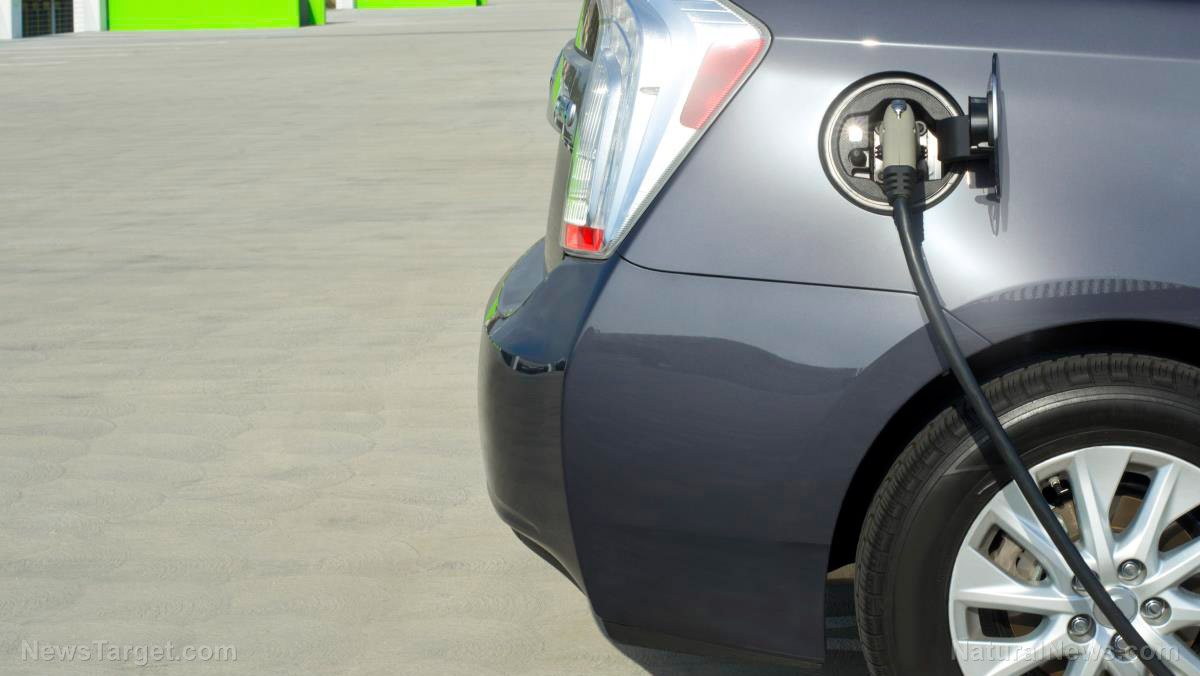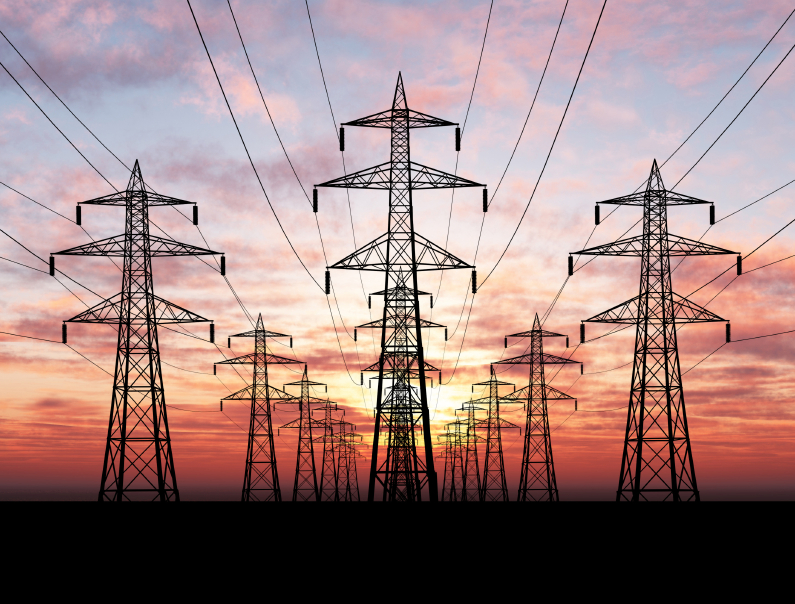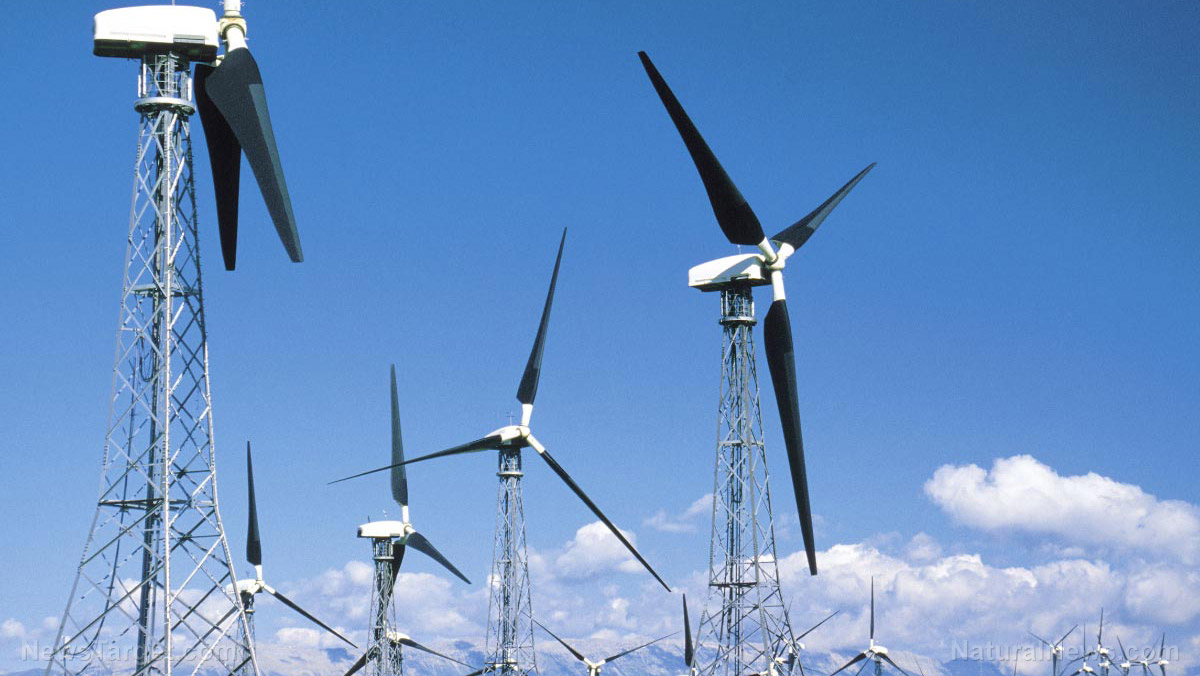Saudi Arabia increases September oil prices for Asian buyers to record-high levels
08/05/2022 / By Arsenio Toledo

Saudi Arabia raised oil prices for Asian buyers to record-high levels for its September loadings.
Saudi Aramco, the country’s state-owned oil producer, increased the price of its Arab Light grade of crude oil for Asian clients by $0.50 per barrel to $9.80 higher than the Oman/Dubai crude oil benchmark. This exceeds the previous record of $9.35 per barrel set back in May. This price hike is also lower than the market forecast of between 70 cents to $1 a barrel. (Related: Saudi Arabia hikes oil prices as Asia eases COVID-19 restrictions.)
The official selling price of Arab Extra Light was increased by 30 cents to $10.95 a barrel. Arab Super Light increased by 80 cents to $12.15 per barrel. Arab Medium was raised by 60 cents to $7.75 a barrel. The price hikes also made these crude grades reach record-level prices.
Arab Heavy increased by 70 cents to $6 per barrel, another record-high price. Heavier varieties of crude oil tend to be made into fuels such as diesel. The lighter varieties are turned into gasoline.
“Now all crude grades are getting cheaper, so Saudi needs to make its prices more competitive. Otherwise, traders will take spot cargoes [rather] than lift Saudi oil,” one trader in Singapore told Reuters.
Saudi Arabia also raised the price of crude oil heading to the United States by $6.15 a barrel and to Northwest Europe by $4.70 per barrel against ICE Brent for September. For American customers, this marks the first change in the price of crude oil since May.
The increase is expected to make crude oil grades linked to Brent crude more attractive for Saudi Aramco’s Asian clients. It could also put more pressure on regional grades and lower demand
The increase is expected to lower demand for Saudi grade crude oil and increase demand for oil linked to Brent crude in Europe, especially for Saudi Aramco’s current Asian clients. It could also increase pressure on regional grades to increase output to meet demand.
Price hike could be meant to curb demand as Saudis struggle to increase production
Saudi Arabia raised prices a day after it joined the monthly OPEC+ meeting wherein the group met to discuss its oil production plans for September. The group of the world’s largest oil exporters ultimately decided to raise their September quota by 100,000 barrels per day (bpd). Saudi Arabia was allocated an additional 26,000 bpd.
OPEC increasing its daily oil production plans for September strongly suggests that the group believes oil demand will increase next month. However, Saudi Arabia increasing the price of its crude is sending a different message: that it wants to cool the demand for its exports, especially to its Asian clients, by hiking prices.
Many major oil producers around the world are still facing supply problems. According to analysts at Goldman Sachs Group, demand exceeds output by around two million barrels a day. This, coupled with Asian oil consumption continuing to recover since its 2020 slump, could mean that Saudi Aramco is facing similar concerns with meeting demand.
“Look at demand outside the U.S. – India is scorching. China, we think, is growing strongly,” said Bob McNally, president of Rapidan Energy Advisers, during an appearance on Bloomberg Television.
Saudi Arabia sells most of its oil to Asian clients, especially in China, India, South Korea and Japan.
Learn more about the oil and energy situation around the world at NewEnergyReport.com.
Watch this episode of the “health Ranger Report” as Mike Adams, the Health Ranger, discusses how America is already running out of diesel engine oil products.
This video is from the Health Ranger Report channel on Brighteon.com.
More related stories:
Oil-producing giants warn of dwindling energy supply worldwide as fuel prices hit record highs.
Saudi Arabia says it can’t ensure oil supply stability amid “jittery period” of global instability.
Saudi Arabia may increase oil prices amid Russia-Ukraine war.
Sources include:
Submit a correction >>
Tagged Under:
Asia, crude oil, energy, energy prices, energy supply, fuel prices, fuel supply, inflation, oil, oil price hike, oil prices, oil production, power, rationing, Saudi Arabia, Saudi Aramco, scarcity
This article may contain statements that reflect the opinion of the author
RECENT NEWS & ARTICLES
NewEnergyReport.com is a fact-based public education website published by New Energy Report Features, LLC.
All content copyright © 2018 by New Energy Report Features, LLC.
Contact Us with Tips or Corrections
All trademarks, registered trademarks and servicemarks mentioned on this site are the property of their respective owners.





















